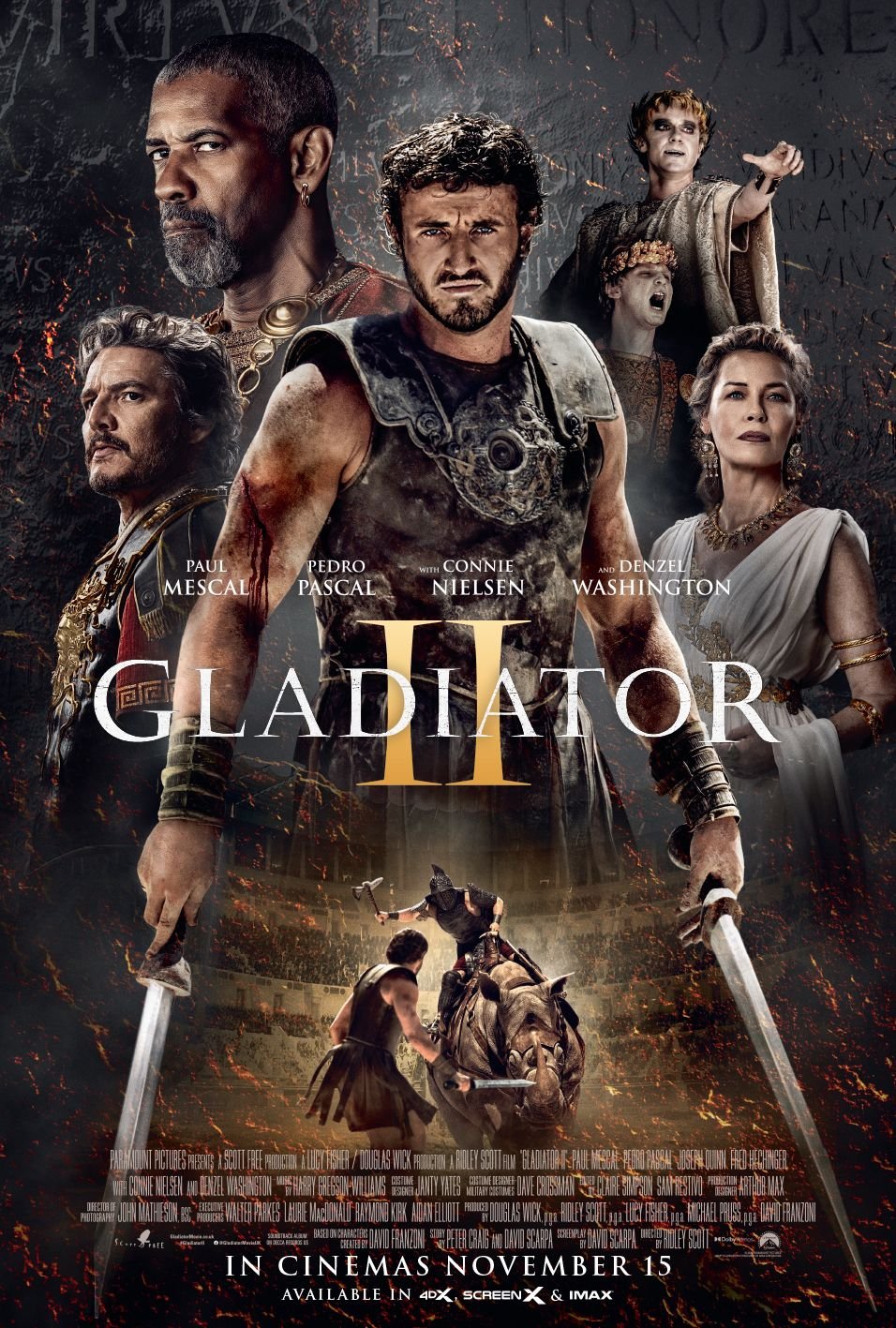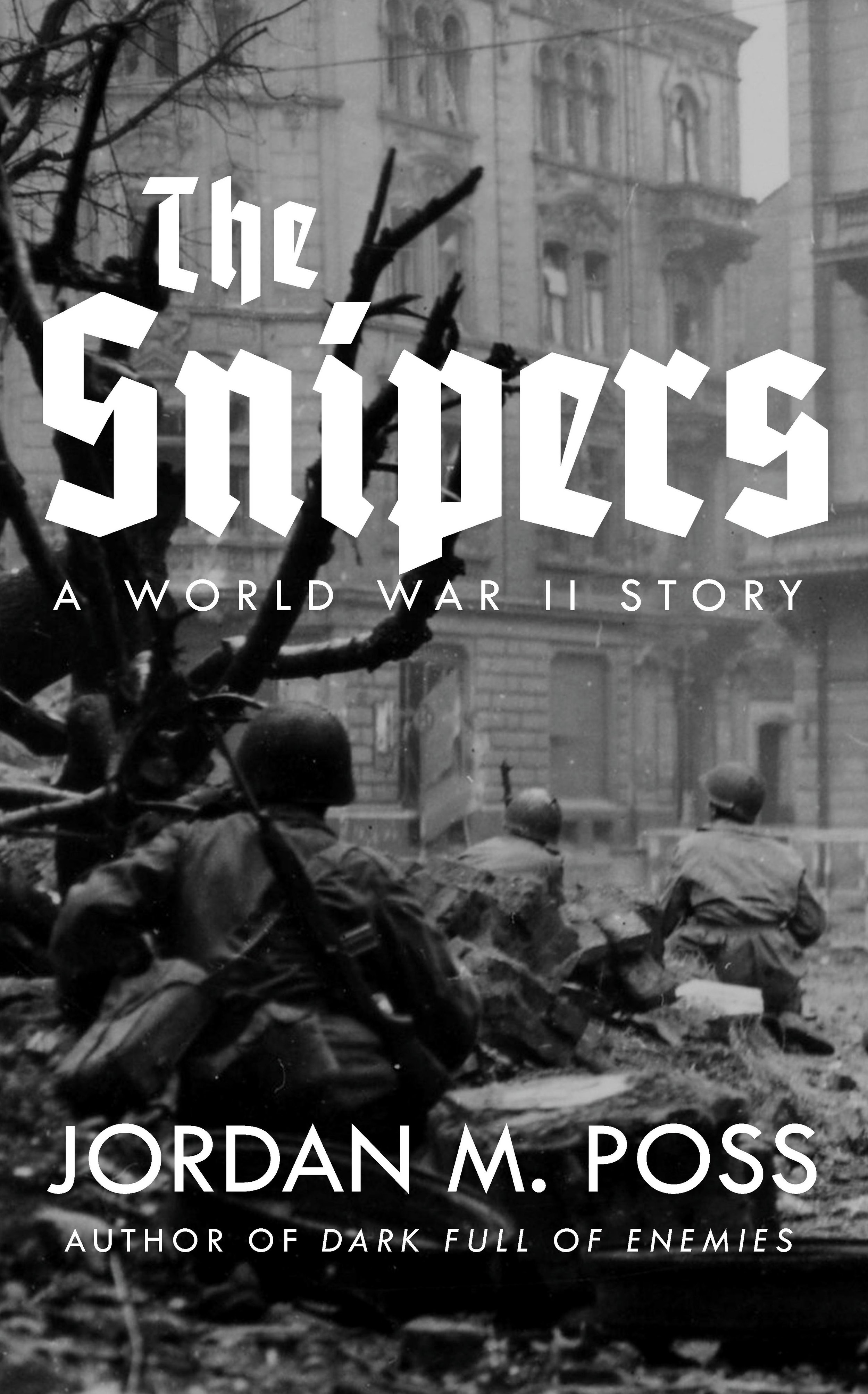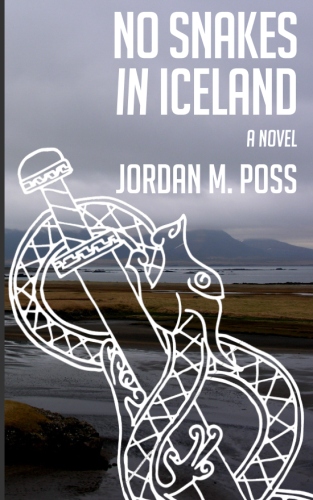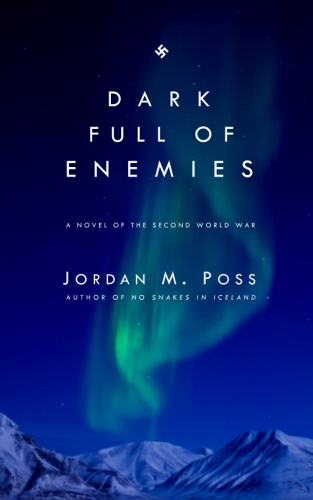Mendenhall on Weaver’s South
/Western North Carolina native Richard M Weaver (1910-63)
Final exams are graded, final grades are posted, and graduation is tomorrow. After a mad semester—the last few weeks especially, since just before Thanksgiving—I feel like I’m coming up for air. As I tread water and take a few deep breaths, let me recommend a good essay that points toward a body of good essays.
Last weekend Allen Mendenhall, a professor at Troy University, published a piece at Law & Liberty on Richard Weaver and his vision of the South. Weaver was an Asheville native who spent much of his childhood in Kentucky and studied at the University of Kentucky, Vanderbilt, and LSU and taught at Auburn and Texas A&M before winding up at the University of Chicago, where he taught until his death at the age of 53. Weaver brought a peripatetic experience of many different parts of the South, the fruits of deep study of its thought, history, and literature, and a sharp rhetorical and analytical mind—further honed by exile, a feature of many great Southern writers’ lives—to his understanding of the South.
In his essay, Mendenhall unpacks Weaver’s views on the South’s literary character; its modes of religious practice (which Weaver is careful to distinguish from belief); the underpinnings and strengths (and weaknesses) of its social order; the roles of honor, hierarchy, and chivalry; the lives of important Southern figures; and the very nature of civilization itself. The South’s distinctiveness, to Weaver, stems from its distinct socio-religious origins but has been maintained through a posture of defense that is both instinctive and deliberate. Mendenhall:
The South’s literary character, as Weaver understood it, emerged not through imitation but resistance—a cultural flowering born of siege. The region discovered its voice not by absorbing Northern influences but by defining itself against them.
The result, in several areas, was the organic emergence, whenever a seeming social, political, philosophical, religious, or economic binary imposed a choice, of a practical, non-ideological tertium quid in the South. To give just one example: rather than capitalism or socialism—the one “fixated on utopian ideas of progress . . . industrial disruption and endless innovation” and the other marked by the “hubris of central planning and . . . an impossible (and ultimately destructive) egalitarian ideal”—from the South rose agrarianism: rooted, constrained, in continuity with received wisdom.
“Weaver’s essays,” Mendenhall notes in conclusion,
thus present the South as a repository of valuable political and cultural wisdom, offering a critique of centralization and mass democracy that remains relevant. His work suggests that the South’s traditional skepticism toward consolidated power and its emphasis on local autonomy might be a valuable counterweight to modern tendencies toward centralization and standardization. The present erosion of Southern identity might surprise Weaver, as Southerners are less vocal about the homogenizing pressures that jeopardize regional traditions and local character.
With that “erosion,” something I’ve watched in my own lifetime but that has been going on for more than a century, comes “a decline in standards and priorities,” one that
is particularly poignant because it represents the final curtain for an entire way of life and being, one in which honor, grace, gentlemanliness, reputation, knowledge, and refinement were harmonized in pursuit of something greater than oneself.
Mendenhall begins and ends the essay by wondering where our present-day Richard Weavers are—not to mention “our T. S. Eliot, our Flannery O’Connor, our Walker Percy, our Tom Wolfe, or an American Evelyn Waugh, even a Houellebecq?” A good question, especially for any Southerner who wants the South to be more than the shallow and easily commercialized “‘redneck’ signifiers” that Mendenhall points out.
The essay links to the 1987 anthology The Southern Essays of Richard M. Weaver. The book includes fourteen essays written between 1943 and Weaver’s untimely death in 1963. It’s outstanding. Since this essay went up last Friday I’ve been rereading a few of the pieces collected there in whatever snatches of free time I can. A few favorites:
“The Older Religiousness in the South,” an incisive look at Christianity in the South and how it fundamentally differs from the rationalistic, socially utilitarian evolution of Puritanism in the north. If you’ve wondered what Flannery O’Connor meant in calling the South not Christian but “Christ-haunted,” this should go some distance toward providing an answer.
“The South and the Revolution of Nihilism,” in which Weaver asks why, despite the South’s obsessively documented problems with race, Southerners vehemently opposed the movements of Mussolini and Hitler.
“Lee the Philosopher,” perhaps my favorite of all Weaver’s essays, concerning as it does the character and worldview of my lifelong hero. I’ve blogged about it here before.
Relatedly, “Southern Chivalry and Total War,” about the mismatch between the honorbound South and coldbloodedly pragmatic Union but written as a reflection on World War II in 1944. Weaver: “[C]ivilization is in essence a struggle for self-control.” And later: “Those who throw aside the traditions of civilized self-restraint are travelling a road at the end of which lies nihilism. . . . For the consequence of putting war upon a total basis, or of accepting it upon that basis in retaliation, is the divorce of war from ethical significance.”
Though I highly recommend this essay collection, I’m afraid it’s out of print. I recommend picking it up wherever you can find it. I have a battered old copy saved from the closing of a seminary library.
In addition to writing about Weaver’s examination of Lee as philosopher of warfare, I’ve written here about Weaver’s view of the toughness required to be heroic and his thoughts on what Chesterton called “the inside of history.” Weaver also provided one of the epigraphs for Griswoldville, a quotation I used again here in relation to another defeated army worth remembering.
After all, defeat is not judgment, and it can prove a powerful teacher. As Mendenhall puts it in his essay, the South’s “experience with tragedy” resulted in a “metaphysical instinct” contrary to the materialistic, success-oriented worldview of the rest of the country. This instinct is reflected in the South’s letters:
Southern literature refuses to flinch from tragedy. In an age prone to deny life’s darker aspects, these writers insisted on confronting them. Their vision, derived from “observation, history, traditional beliefs older than any ‘ism,’” offers what Weaver considers a fortification against dehumanizing ideologies.
And if there’s anything we need more than a new Richard Weaver, it’s that fortification.






















